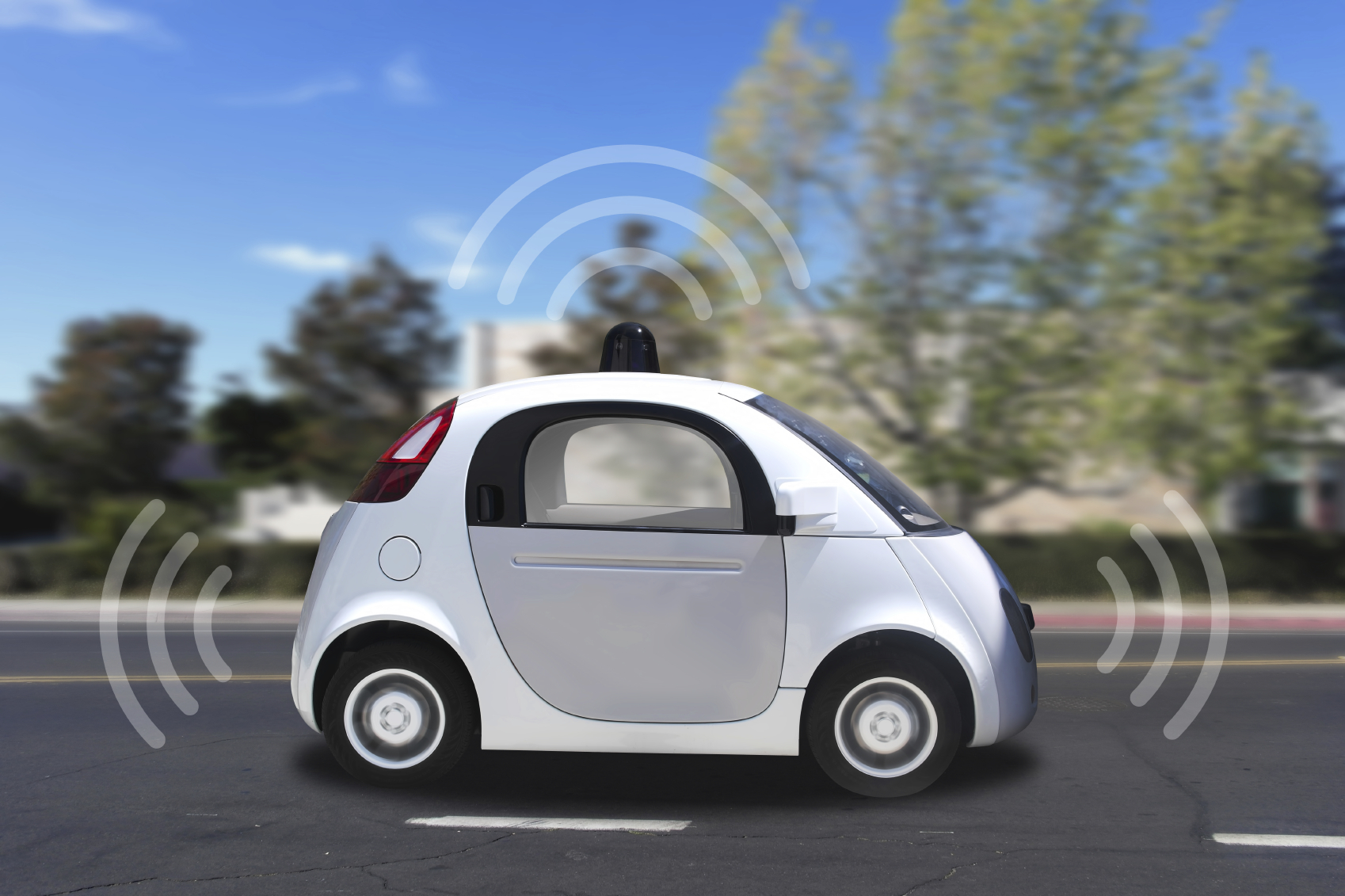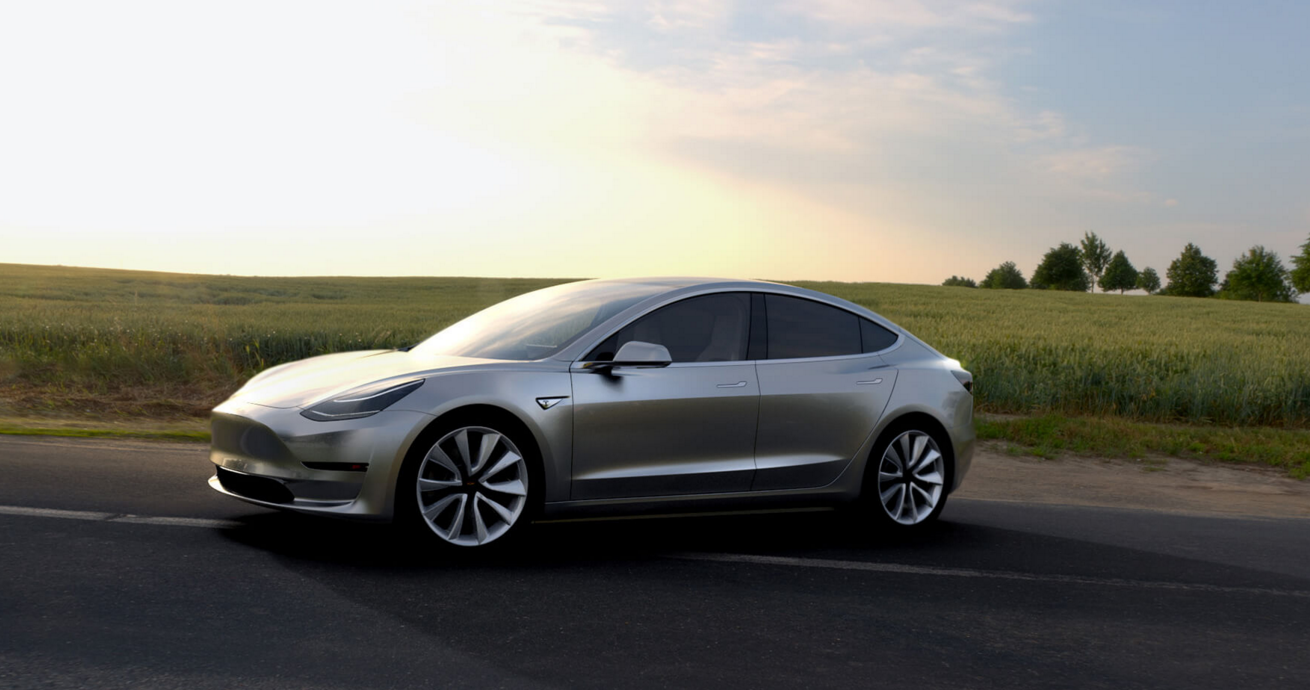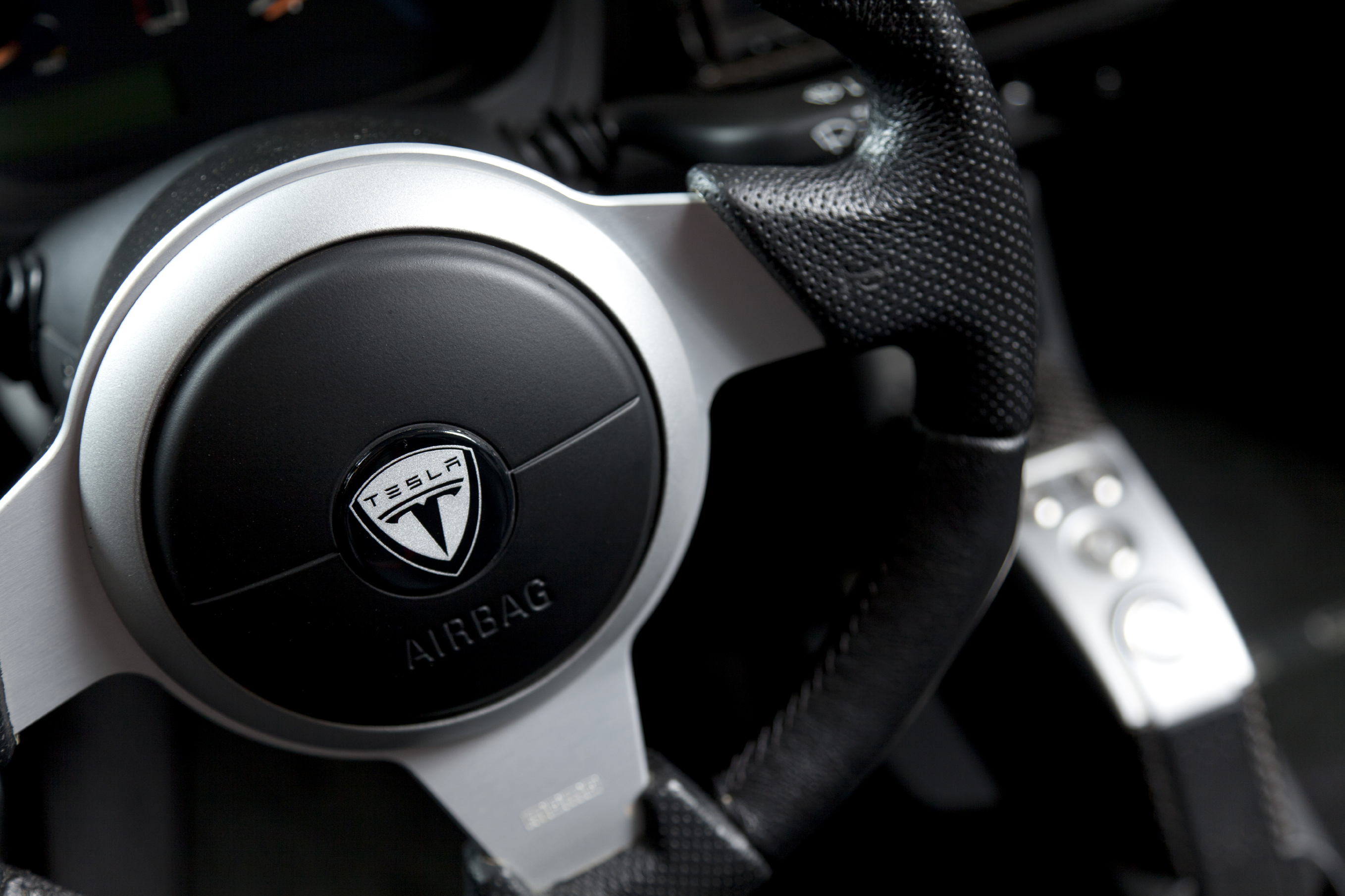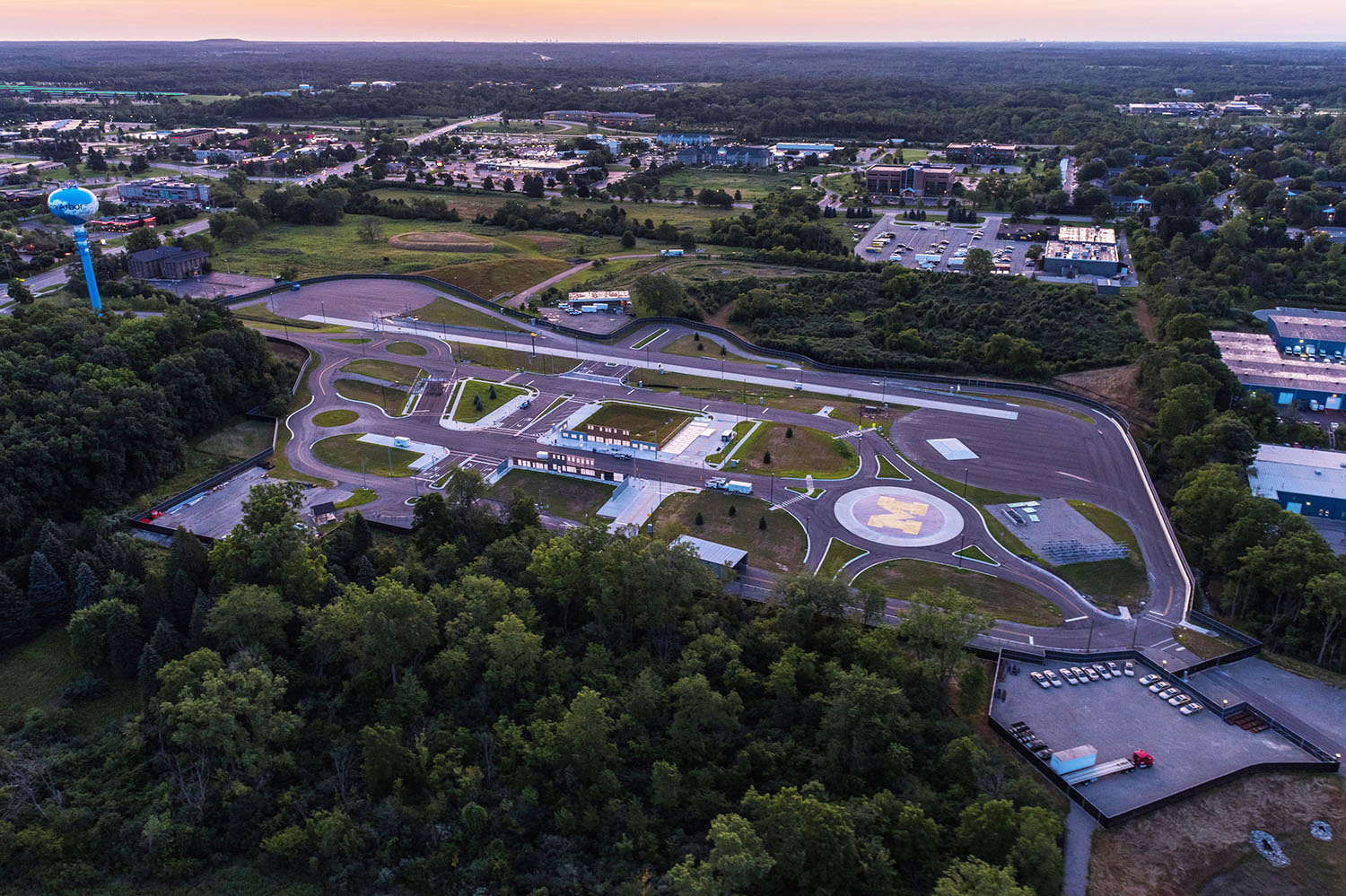What Happened
Google, Ford, Volvo, Uber, and Lyft announced on Tuesday that they are forming a coalition to speed up the introduction of self-driving cars to the market. The new lobbying group, named the Self-Driving Coalition for Safer Streets, aims to push for federal actions that accelerate the development of driverless cars and promises to “work with lawmakers, regulators, and the public to realize the safety and societal benefits of self-driving vehicles.”
In related news, reports surfaced today suggest that Google’s self-driving car is “close to graduating from X.” Basically, this means its parent company Alphabet no longer considers its driverless car program as an experimental moonshot project, but one that is about ready to transition into a standalone business. Meanwhile, Volvo is reportedly planning to test its driverless cars on some public streets in London next year.
Why Brands Should Care
The developments in driverless cars are an important market trend that The Lab has been keeping a close tab on (and included in the 2020 section of our Outlook 2016) due to the incredible amount of new media time it can potentially free up. If and when driverless cars hit the mainstream market, it would enable media owners and brand advertisers to visually connect with consumers on the go through in-car media such as digital video and video gaming.
Source: The Verge





